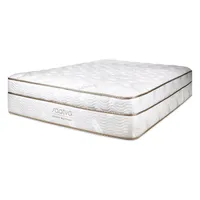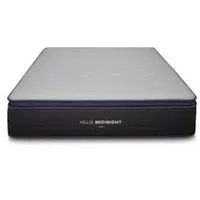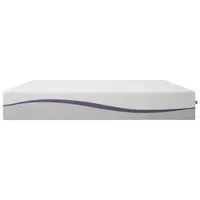I switched from a hybrid mattress to a memory foam mattress — here’s why it was terrible for my back
My memory foam mattress caused back pain, here's what i should have bought instead
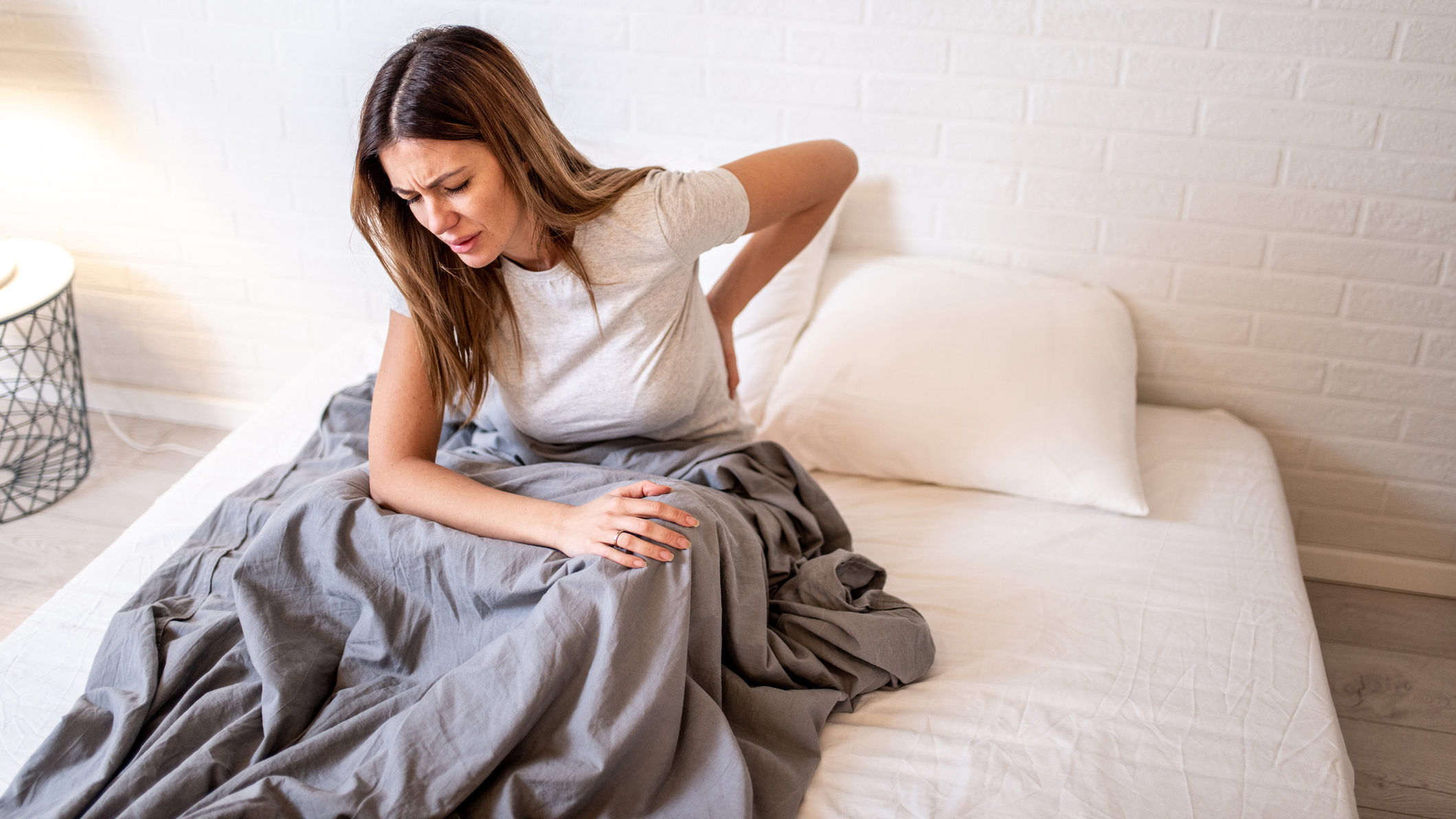
I've always used spring-based beds, but with memory foam mattresses earning high spots in our best mattress guide, I was curious to learn what sleeping on all-foam felt like. When I was giving the opportunity to try a memory foam mattress, I jumped at the chance — and soon regretted it.
I'm not a person who struggles much with back pain, so I didn't consider it necessary to shop for a bed with back support. However, having made the switch to memory foam, I discovered my hybrid was doing more for my spinal health than I realized. After a few weeks on my all-foam bed, I'd grown accustomed to waking up with aches and pains.
So why was my memory foam mattress causing problems for my back? It was all to do with my sleep style, as the softer sink of my foam mattress emphasized my bad sleep habits rather than offsetting them. If you're thinking of buying a new bed in the Labor Day mattress sales, here's how I discovered the hard way that you really do need to consider your sleep position...
Memory foam vs hybrid mattresses for back pain
Memory foam mattresses have an all-foam build, with memory foam typically used as the upper comfort layers. Memory foam is known for its body-hugging feel: it contours to the joints to relieve pressure where you press against the mattress. The best memory foam mattresses are known for their cushioned comfort and excellent motion isolation.
Hybrid mattresses combine springs with layers of comfort materials, typically foams. The best hybrid mattresses have a full-body responsive support, with a bouncier feel that makes it easy to move around. Hybrid beds can have thick layers of memory foam at the top, but the spring core means even the softest hybrids will never have the contouring feel of an all-foam bed.
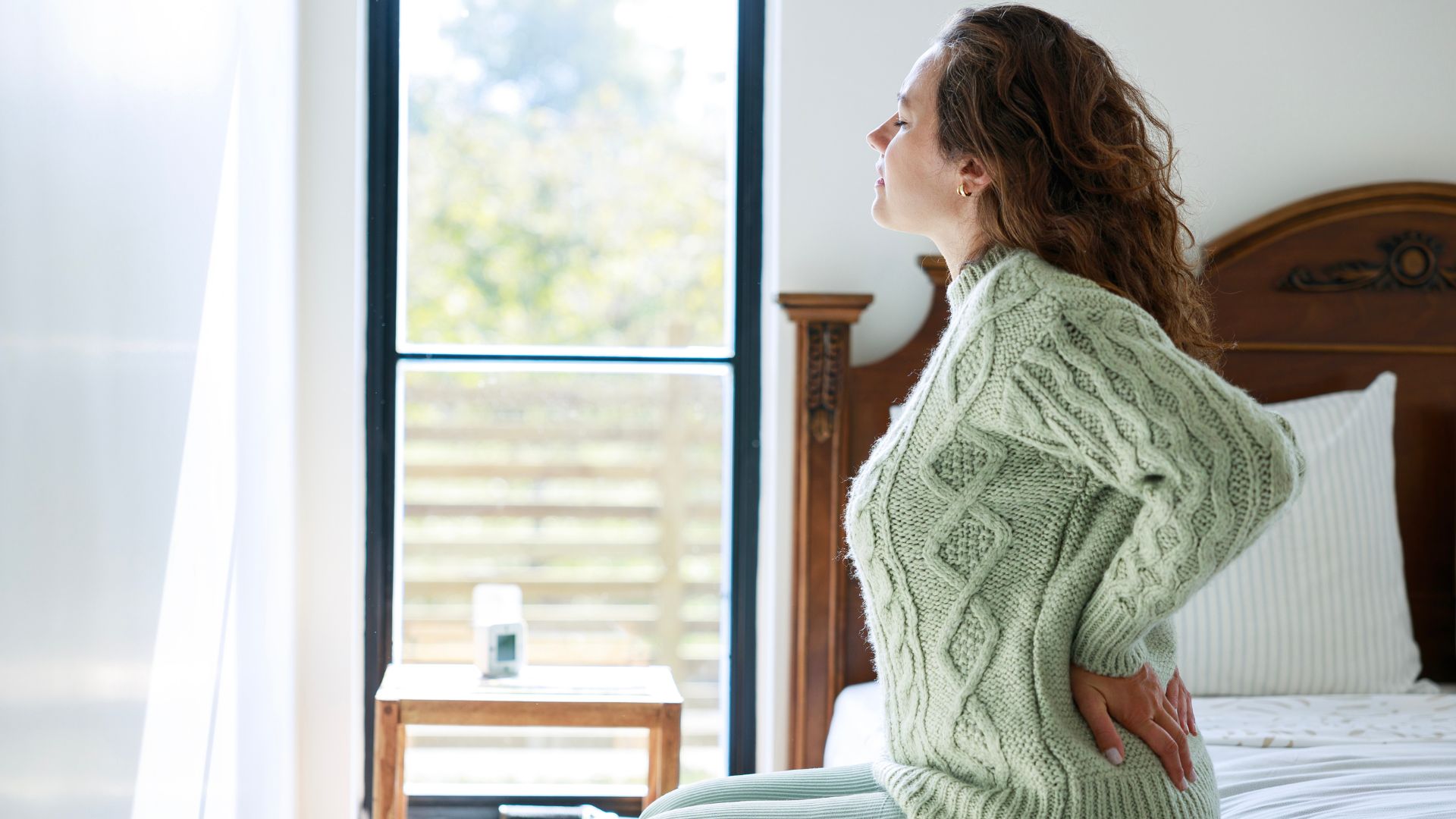
First things first: both memory foam and hybrid mattresses can be good for back pain. In fact, you can spot both types in our guide to the best mattresses for back pain. However, if you're worried about back ache, it's important to choose a mattress material that suits your sleep style. Exactly what I didn't do...
Why my memory foam mattress was bad for my back
It only took a couple of nights for me to realize my memory foam mattress wasn't right for my back. I hoped it would improve after a couple of weeks (it can take 30 days to break in a mattress), but by the end of my sleep trial, it was clear things weren't working out. Here's three reasons why.
Get instant access to breaking news, the hottest reviews, great deals and helpful tips.
1. It wasn't right for my sleep position
I'm primarily a stomach sleeper, which is widely considered to be the worst sleep position. I'm trying to spend more time lying on my side, and I thought switching to a memory foam mattress would help with that. Memory foam beds are among the best mattresses for side sleepers as they relive pressure at the shoulders. However, are memory foam mattresses good for stomach sleepers?
Unfortunately, despite my best intentions, I still tend towards front sleeping. And my memory foam bed did not provide enough support for that. My hips were the major problem. They sank into the soft layers of memory foam, causing my spine to twist out of alignment.
With my hips dipping into the mattress, my lumbar region had to work hard to keep my spine supported. In the morning, I could feel the effort my muscles had been up to overnight. And while I thought the memory foam mattress would help me stay in a comfortable side sleeping position, it actually had the opposite effect...

2. It was hard to correct bad habits
Memory foam mattresses are known for their slow response. This essentially means that when you press into the foam, it takes a while to return to its original shape. It can be hard to change position on a memory foam, but this body-hugging feel is one of the reasons foam is such a popular mattress material.
But I've always preferred a mattress that allows me to move about — I hate feeling like I have to fight the bed any time I want to wriggle my arm — and in a slow-moving memory foam, this just wasn't possible. However, it wasn't just personal preference that caused the problem for my back.
Any time I found myself lying at an awkward angle, the mattress made it hard for me to adjust my posture. I'd slip back into my original bad position shortly after I tried to correct it. And that's if I bothered to adjust at all. With the effort it took to push out of my foam 'hug', I was inclined to stay at whatever awkward angle I was lying at.
This was particularly noticeable in the morning, when I'd wake up twisted like a pretzel, having returned to lying on my stomach as I slept. The sinking 'hug' of the memory foam emphasized my bad sleep habits, causing my back to ache.
3. The edges were worryingly weak
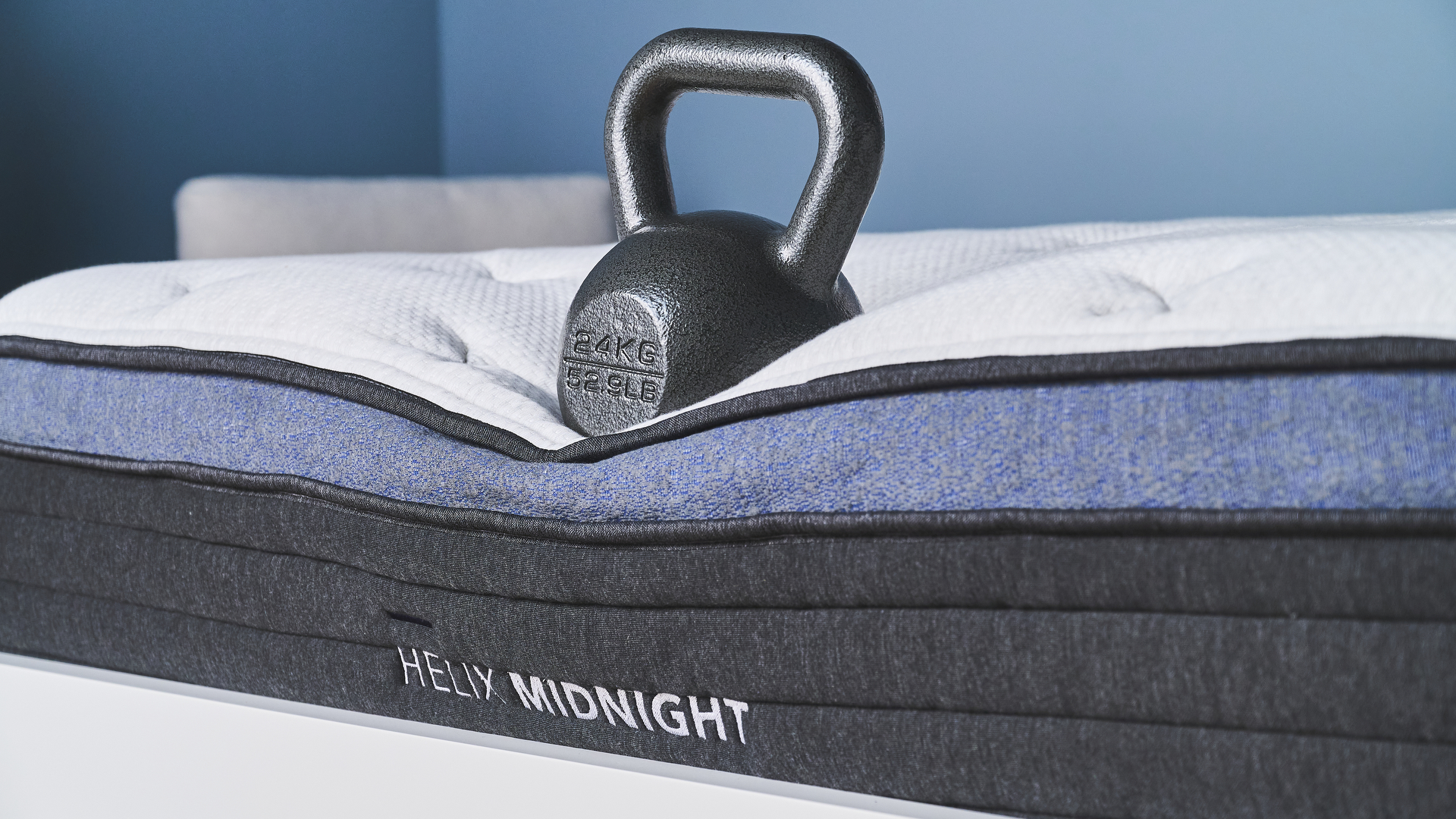
Good edge support gives strength to the sides of a mattress. While my hybrid did dip more at the edge than the center, I never worried I was going to slide off the bed. I couldn't say the same about my memory foam mattress.
So what does this have to do with back pain? Any time I strayed towards the edge of the memory foam bed, I lost my sense of security. Instead of relaxing, I tensed up. This put strain on the muscles around my spine. Weak edge support is a common con of memory foam mattresses (although some firmer memory foam beds have strong sides.)
Sleep is when your body recovers from the stress of the day, so you want your muscles to switch off as much as possible. The weak edges kept my lumbar region under pressure, forcing my muscles to stay alert when they should have been asleep. The next morning, my back felt the effects of that exertion.
What type of mattress is best for back pain?
Based on my experience with my softer memory foam bed, here's what I'll be looking for next time I shop for a mattress.
1. Dedicated lumbar support
If you're struggling with back pain, the first thing to look for in a mattress is enhanced lumbar support. A bed with dedicated lumbar support will often have a sturdier middle third, providing extra stability to the spine. This can be achieved with strong coils or zoned foam layers, so both hybrid and memory foam mattresses can have added spinal support. If you want an all-foam feel with better support, check out my guide to firm vs soft memory foam mattresses.
2. Balanced pressure relief
Cushioned comfort layers alleviate aches at the touch points, and memory foam mattresses often have oodles of this pressure relief — mine definitely did. However, pressure relief needs to be balanced by a supportive core, or you might find yourself sinking too far into the bed. You want enough pressure relief to cushion the places you push against the mattress, sitting on a sturdy base so the parts that aren't pressing into the bed stay supported.
3. Stable edge support
Good edge support is particularly useful if you share a bed (the best queen mattresses have strong edges) or you have a bigger build. They mean that you can like wherever you like on the mattress and you won't feel like you're going to fall off the edge. This allows the muscles to relax, so they can get the rest they deserve.
3 mattresses for back pain to buy today
While my memory foam mattress was bad for my back, you don't have to avoid an all-foam bed if it suits your sleep position. Here are my top three mattresses for back pain that you can buy in the current mattress sales...
1. Saatva Classic Mattress: was from $1,395 now $995 at Saatva with our semi-eclusive link
In our Saatva Classic Mattress review we praised the spinal support of this hybrid innerspring bed, which uses a lumbar crown to keep your body aligned overnight. And with three different feels to chose from, it can suit a range of sleep styles. Our semi-exclusive link takes $400 off all sizes of the Classic in the Saatva Labor Day sale, bringing a queen to $1,695 (was $2,095) to match the best price we've seen all year.
2. Helix Midnight Luxe mattress: was from $1,373.80 now $1,002.84 at Helix with code TOMS27
The Midnight Luxe provides ample pressure relief for side sleepers, but the sturdy spring layer adds welcome support. In our Helix Midnight Luxe mattress review our tester found the bed immediately comfortable, and felt refreshed every morning. Save 27% with our exclusive code TOMS27, which reduces a queen to $1,732.88 (from $2,373.80). And you get two free pillows as well.
3. Purple Plus Mattress: was from $1,499 now $1,199 at Purple
The Purple Plus isn't exactly an all-foam mattress, as it combines its multiple layers of foam with a GelFlex polymer grid that molds to the body to provide head-to-toe support, However you want to class it, in our Purple Plus Mattress review we found this bed to be one of the best for back and joint pain. Purple mattress sales can be a little unpredictable (recently, the mattresses have been full price with a free gift) so take advantage of this discount while it's live. There's $300 off all sizes, reducing a queen from $1,899 to $1,599.

Ruth is an experienced Senior Staff writer at Tom’s Guide, covering all things sleep and mattresses. She writes to help people sleep better, from how-tos to the latest deals to mattress reviews, and has interviewed an array of experts who share her passion. She is also our specialist on memory foam — she’s flown around the world to see memory foam being made — and leads our hotel mattress content. She has a deep interest in the link between sleep and health, and has tried enough mattresses, from Helix to Nectar to Simba, to know the right bed really can make a difference to your wellbeing. Before joining the team at Tom’s Guide, Ruth worked as a sleep and mattress writer for our sister website, TechRadar.
